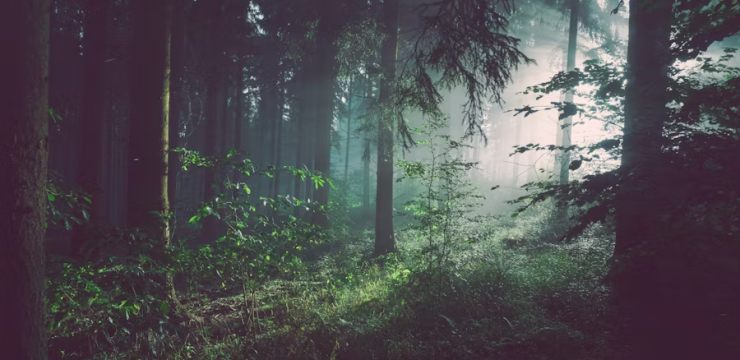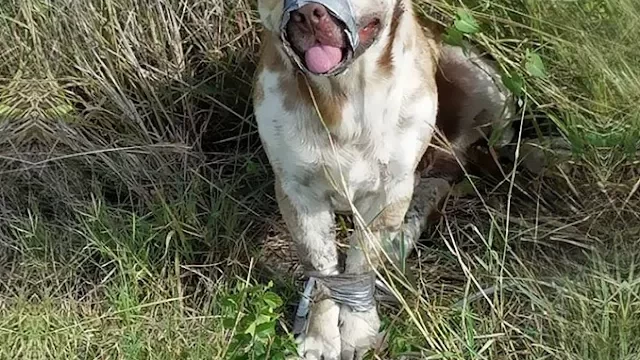While tending to a stubborn patch of grass in our backyard that refuses to grow the way I want it to, I stumbled upon something that turned a simple landscaping task into a journey into the past. We live in an old house, one that dates all the way back to 1799. It has quite a history—it used to be a tavern and a doctor’s office, basically a place where folks could grab a drink and get treated with leeches in the same visit. On this particular day, I grabbed a shovel to try and fix the patchy lawn, and not long after I started digging, I hit something solid. With another scoop, I uncovered the edge of what looked like either brick or stone.

As I kept clearing away the dirt, a granite post began to poke through the soil, standing upright as if it had been waiting to be found. My first thought was that it might be a grave marker, and I felt a mix of curiosity and unease. But when I noticed the hole in the post—perfectly shaped like it once held a metal ring—it all clicked. What I had uncovered was likely a hitching post from the late 1700s. That hole was where reins would’ve been secured. I remembered how some older homes, especially those that were once taverns, had places outside where visitors could tie up their horses. As I cleared more of the area around the post, I saw a circular pattern of stones forming what looked like a shallow basin.
At first, I thought it might’ve been a drainage feature, but then I realized it was more likely a water trough. After all, if people were stopping in for a drink or medical advice, their horses needed water too. I could vividly imagine a traveler dismounting from his horse, tying it to the post, brushing it down, and maybe heading inside to see the doctor or have a chat with other locals. What I had uncovered wasn’t just an old piece of stone—it was a glimpse into everyday life from over two centuries ago. As I continued to dig carefully, I uncovered bits of rusted metal—possibly remnants of the ring or supports for the trough. Below those, I found bricks and tightly packed stones that formed the structure’s foundation.
It had been built with care, clearly designed to last, and had done exactly that. The structure felt like it had been frozen in time, just waiting for someone to uncover it again. I knew instantly that I couldn’t just treat it like some forgotten artifact. It wasn’t going to become a birdbath or a decorative piece in the garden. No, this was history, and we were going to respect that. I decided we’d clean it up, maybe lay down a small path leading to it, and possibly add a plaque explaining what it was and why it matters.
Most people, when they dig around in their yards, find things like broken bottles, rusty nails, or old pipes. But somehow, hidden beneath the grass all this time, I found a hitching post and water trough from the 1790s—a rare and tangible link to a different era. It’s strange to think that something so significant was buried just a few inches below where we walk every day. It’s even stranger to think how easily we could’ve missed it altogether. Discovering this piece of the past made me appreciate not only the age of our home but also the stories it holds. There’s something special about finding history right in your own yard—something that reminds you that the land we live on has been used and reused by generations before us. That hitching post isn’t going anywhere. It’s staying exactly where it is, a small monument to the lives that once passed through this very space.





